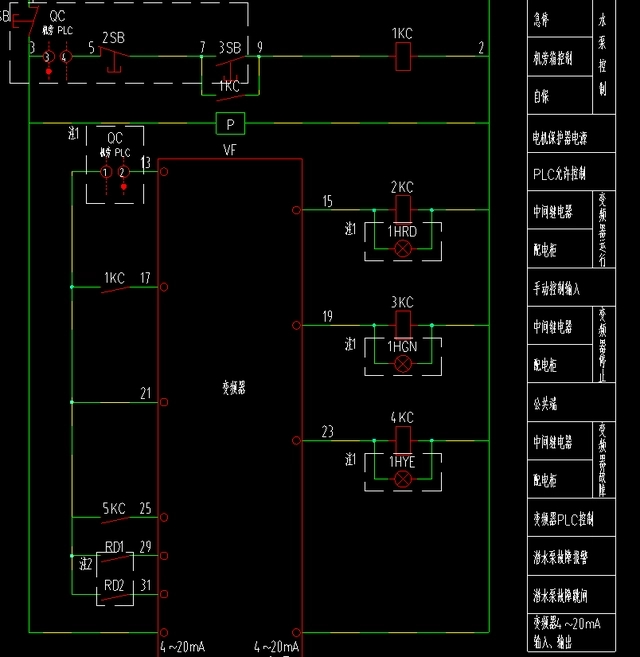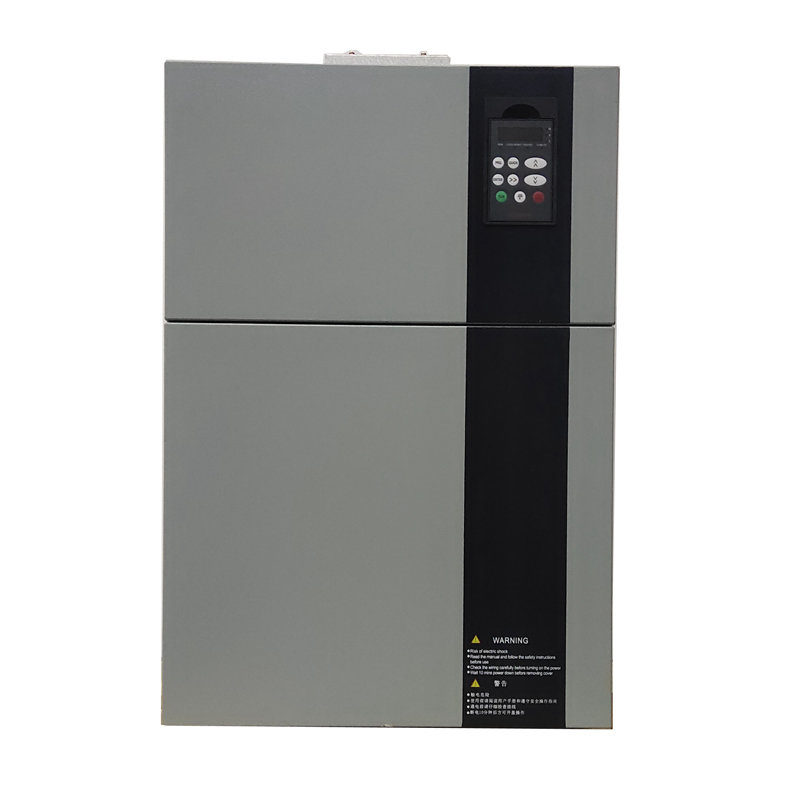Power knowledge-working principle of inverter control unit
The principle of frequency converter (VFD) is the application of frequency conversion technology and micro-electronics technology, by changing the frequency of motor power supply to control the AC motor of power control equipment.
Frequency converter is used with asynchronous AC motor, so it can be used in general places to drive motor.
The main circuit of the inverter is the rectifier circuit, which converts the 220V or 380V supply voltage into a DC circuit after the bridge rectifier circuit, when the DC voltage becomes 380 * 1.414 = 537 volts.
After the rectification of the DC Circuit will appear harmonic, all to be through the electrolytic capacitor filter will be harmonic filtering.
The inverter circuit converts the DC voltage from 537V to 690V. After the load, the inverter introduces the brake unit in order to absorb the electricity generated when the motor stops.
In figure I here, we see the control unit of the time converter on the inverter and submersible pump control.

Know the working principle of the inverter, now we look at the inverter control chart, control chart on the operation of the inverter, stop, fault are described.
Submersible pump fault alarm, submersible pump fault tripping control, it is through the frequency converter protection circuit, detection circuit to complete.
The external terminals of the inverter are few, but the protection of the inverter and the motor is realized by the internal control unit.
This article is reprinted国际电力网 ,作者:学电气涨知识 。如需删除请联系本站,Link to this article:https://power.in-en.com/html/power-2423334.shtml


